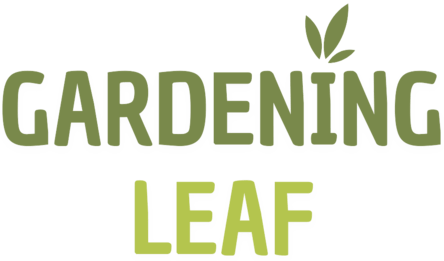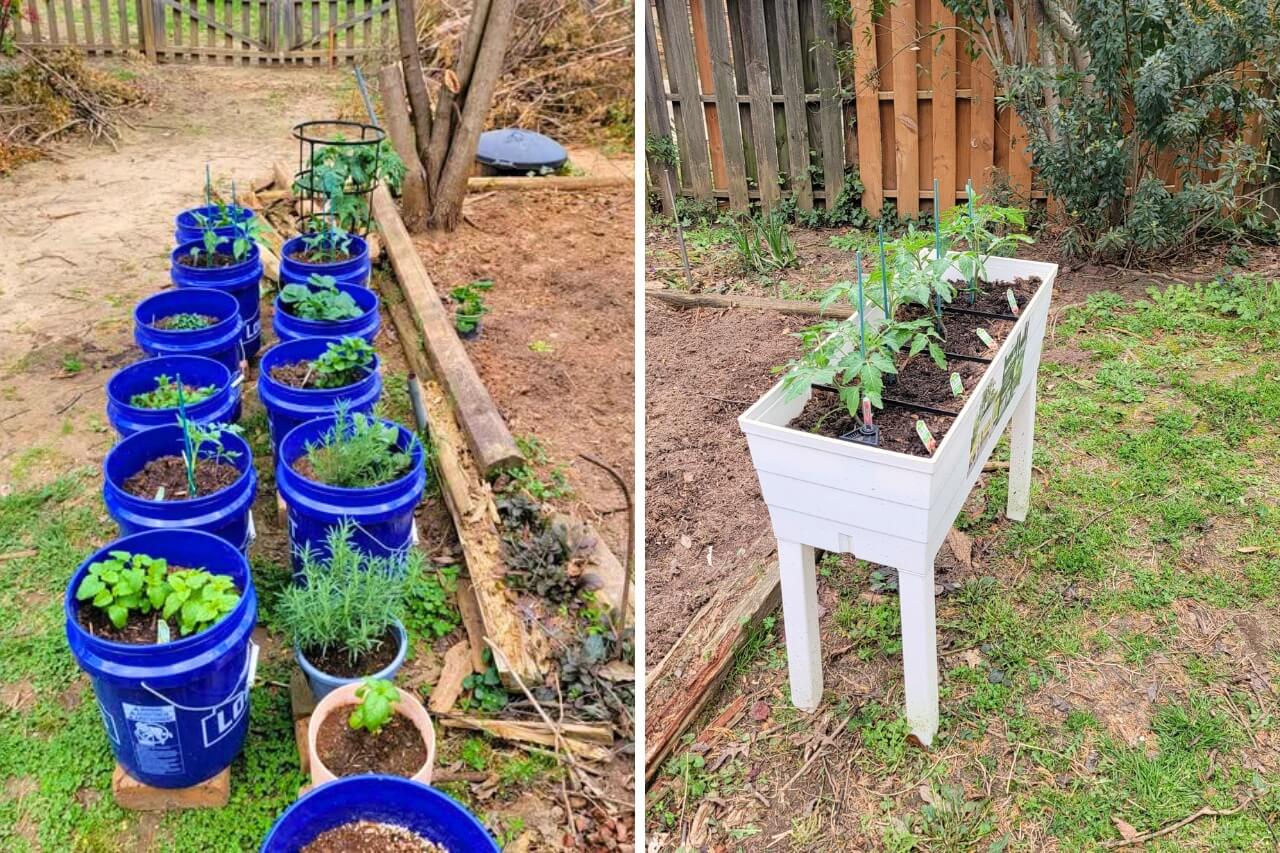Gardening in buckets is a simple and space-saving way to grow your own food, even if you only have a balcony or patio.
Some people love it, some people hate it; I personally like it. I think it’s a convenient and useful method.
Since I have plenty of land at my house, I rarely use it, but, as I said, for some people it can be a real lifesaver.
Obviously, you need to use appropriate buckets. Usually, 5-gallon or similar containers are the favorites, so you can control soil quality, move plants to catch sunlight, and even bring them indoors during frosts.
This portability means many veggies and herbs can be grown year-round, and you’ll have fresh produce in every season.
Just make sure your buckets have drainage holes and are filled with good potting mix.
1. Tomatoes (Cherry or Dwarf Varieties)
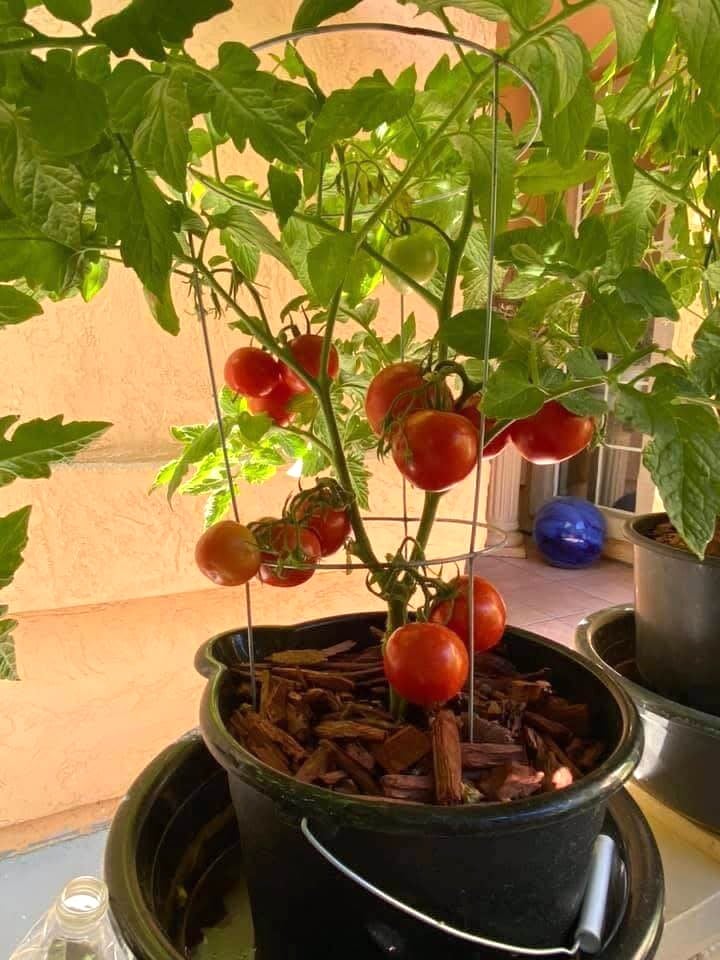
Tomatoes are a bucket-gardening favorite for their productivity.
Be very careful because you have to choose a compact variety like cherry tomatoes or one of the dwarf varieties.
Place the bucket in full sun (6-8 hours of direct light daily) for best growth, and use a small stake or cage in the bucket to support the plant as it grows heavy with fruit.
Like you normally do with tomatoes, keep the soil evenly moist, so water deeply whenever the top inch feels dry, but avoid waterlogging the bucket.
As you probably already know, tomatoes love warmth, so definitely keep them outdoors in summer.
When temperatures drop in fall, you can move your bucket tomato indoors to a sunny window or under grow lights to keep it producing.
2. Peppers (Sweet Bell Peppers or Hot Chilies)
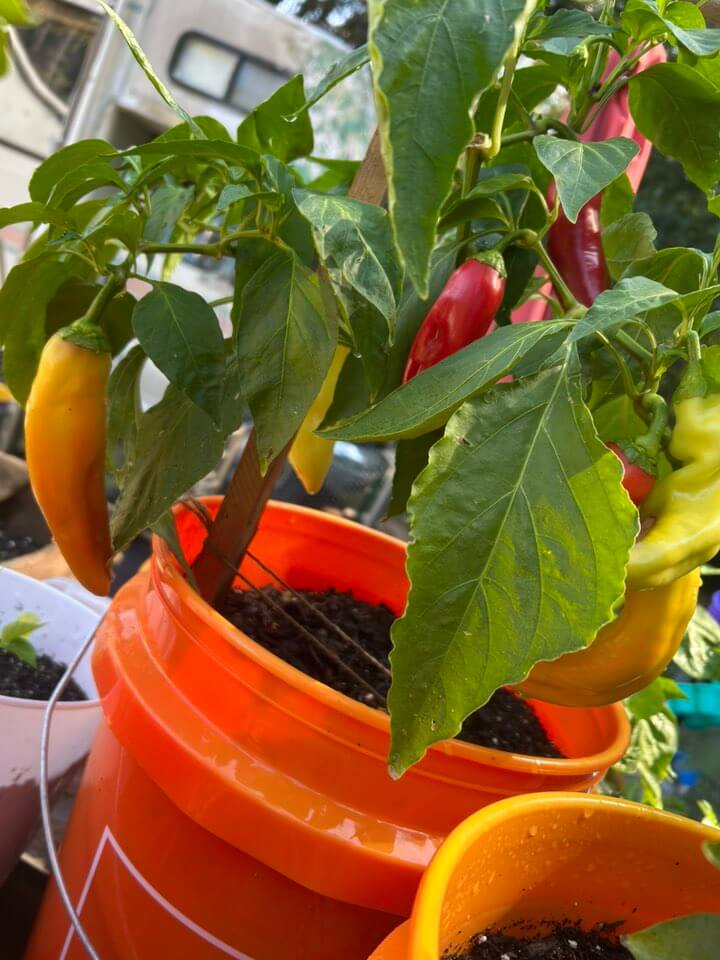
Peppers of all kinds do great in buckets, and it was the very first plant I planted using this method.
Just do it like this. Use a 5-gallon bucket for each pepper plant and fill it with rich and well-draining potting mix.
Peppers need plenty of sun and warm temperatures – ideally 65–75°F – so keep them in a sunny spot.
During fall, you can keep the pepper buckets inside because, unlike some veggies, pepper plants are actually perennials and can continue fruiting for months indoors with enough light.
PRO GARDENER: Hot chili varieties often adapt especially well to indoor conditions, giving you fresh spices year-round.
3. Lettuce (Leafy Salad Greens)
Perhaps many of you don’t expect it, but lettuce is very container-friendly.
It doesn’t need a deep bucket, even a wide container 8–10 inches deep will do, since it has shallow roots.
Use a loose potting mix, scatter seeds or plant seedlings a few inches apart, and keep the soil consistently moist.
Remember that lettuce prefers mild conditions around 60–70°F, so partial shade during hot weather and more sun in cooler weather.
As usual, harvest the outer leaves regularly, and the plant will keep producing new tender leaves for weeks.
It enjoys cool air and can even handle light frosts with some protection. In winter, move the bucket inside near a bright window.
One thing that I love about lettuce? That it’s fast-growing! Have a look at the other fast-growing veggies you can harvest in about 1 month.
4. Carrots
Carrots can be grown year-round in buckets, as long as you choose the right container and variety.
In this case, depth is key, so you have to find a bucket that’s at least 12 inches deep, so the carrot roots have room to grow straight.
Just sow the carrot seeds thinly (or be prepared to thin the seedlings later) about 1/4 inch deep and keep the soil evenly moist during the few weeks it takes for them to germinate.
Carrots can tolerate light shade and are fairly cold-tolerant once established. That’s why they can be grown in the fall and often left in their buckets outside until a hard freeze.
Most varieties will be ready to harvest in roughly 60–75 days, but you can pull baby carrots sooner if you like.
5. Radishes
Radishes are one of the easiest and quickest veggies for container gardens and they’re perfect if you’re a beginner.
They only need a shallow bucket with good drainage.
Sow radish seeds about half an inch deep and an inch apart, and they’ll sprout within days.
They’re very fast growers and usually go from seed to harvest in about 25–30 days, but obviously it may take a little longer in cold weather with little sun.
If it’s too cold outside, you can grow radishes indoors on a sunny windowsill or under lights.
6. Spinach
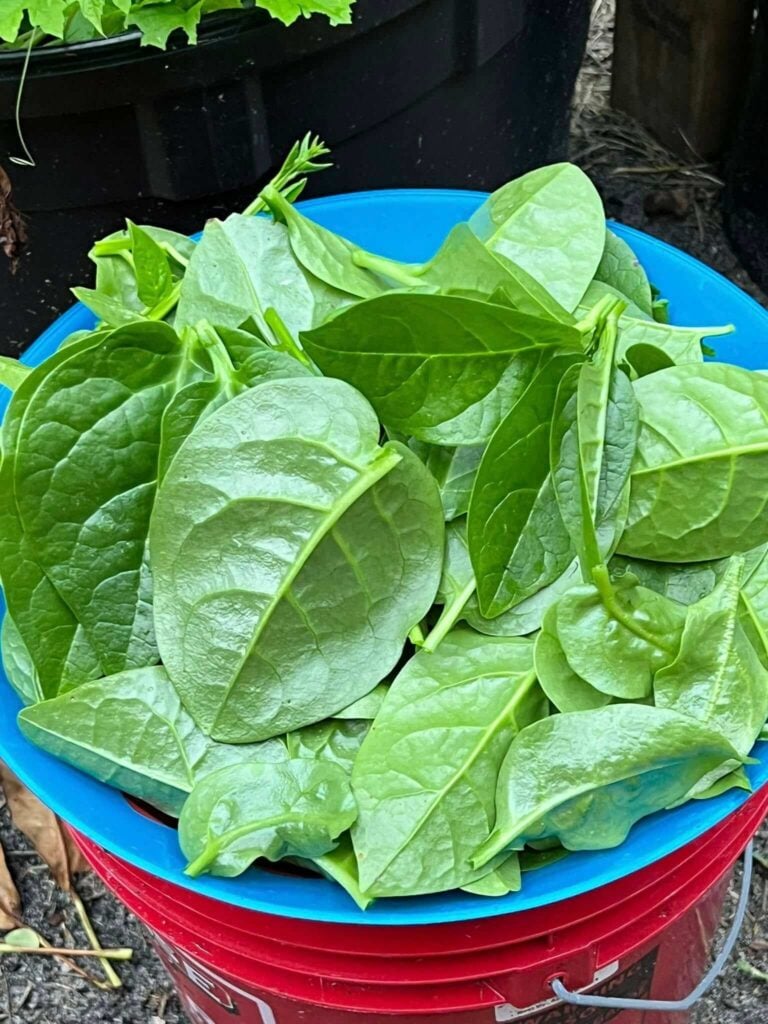
Spinach plants have a compact root system, so a bucket about 8–10 inches deep is sufficient.
They actually enjoy cooler conditions and tolerate lower light levels better than many other veggies, which is great news for indoor gardeners or for fall/winter growing.
Remember that consistent watering helps keep the leaves tender, and you can start harvesting baby spinach leaves in as little as 4–6 weeks after planting by snipping the outer leaves. New leaves will grow from the center for multiple harvests.
Some gardeners overwinter spinach outdoors with minimal protection since it can survive light frosts. I usually do the same because I live in an area that is quite warm even in winter, but obviously adjust according to your climate. If it starts to get too cold, bring the bucket indoors.
Have a look at the other vegetables that grow well in shady gardens.
7. Herbs (Basil and Parsley)
Another nice option is herbs that are super handy to grow in buckets.
My two favorite choices are basil and parsley. They have different climate preferences, but both do well in containers.
For herbs, you can also use smaller containers. A 1-2 gallon bucket or pot is often enough, just make sure it has good drainage.
Basil is very sensitive to cold, so keep it inside when fall arrives. The good news is that it grows well on a sunny windowsill.
Also remember that regular harvesting actually makes the plant bushier and prolongs its life. I’ve explained everything…
On the contrary, parsley is a hardy biennial herb that actually prefers it a bit cooler. It can tolerate partial shade and doesn’t mind the chill of fall.
In many regions, a parsley bucket outside will last into early winter, and you can still bring it indoors for winter use.
Just remember that a windowsill with good light is usually the best spot.
8. Strawberries
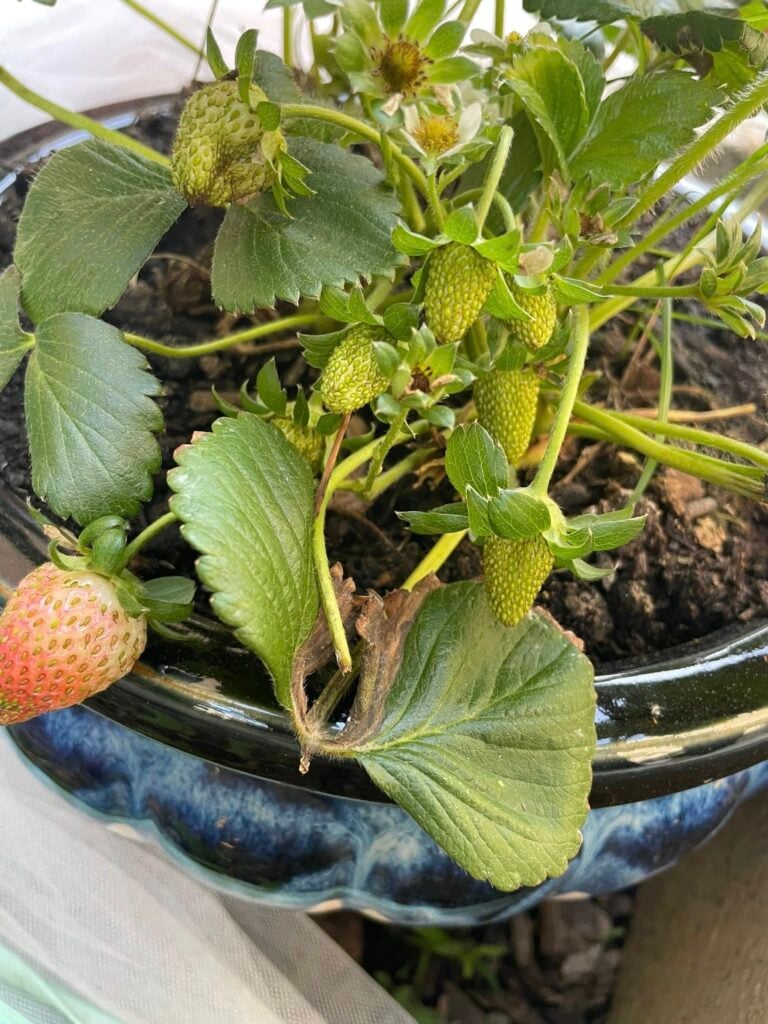
You may not have expected it, but yes, even strawberries can be grown in buckets.
To be honest, I have to tell you that it’s the most challenging of all the options we’ve seen so far, but if you’re a daring gardener, you can give it a try.
Strawberries are perennial, meaning the same plants will survive for multiple years if cared for, but they’re typically grown outdoors.
If you live in a cold winter area, the foliage will die back and the plant goes dormant, but you can protect the bucket by moving it into a shed or garage or insulating it with straw to prevent the roots from freezing.
Can you get fresh strawberries in winter? Well, planting them for indoor growing is definitely possible, but they need a bright sunny spot (or grow lights), and remember that indoors, you might need to pollinate the flowers by hand.
In addition, remember to avoid these common watering mistakes. I often see one of them with container gardening.
